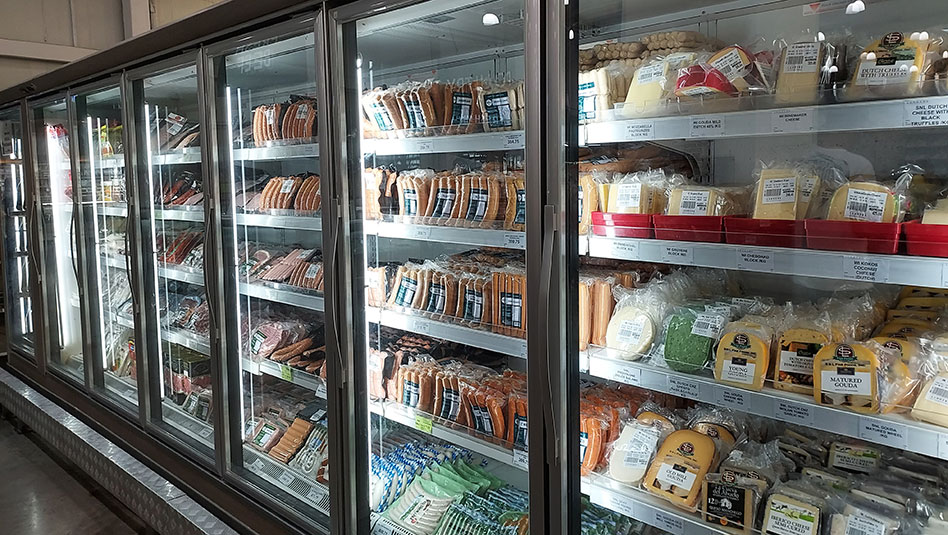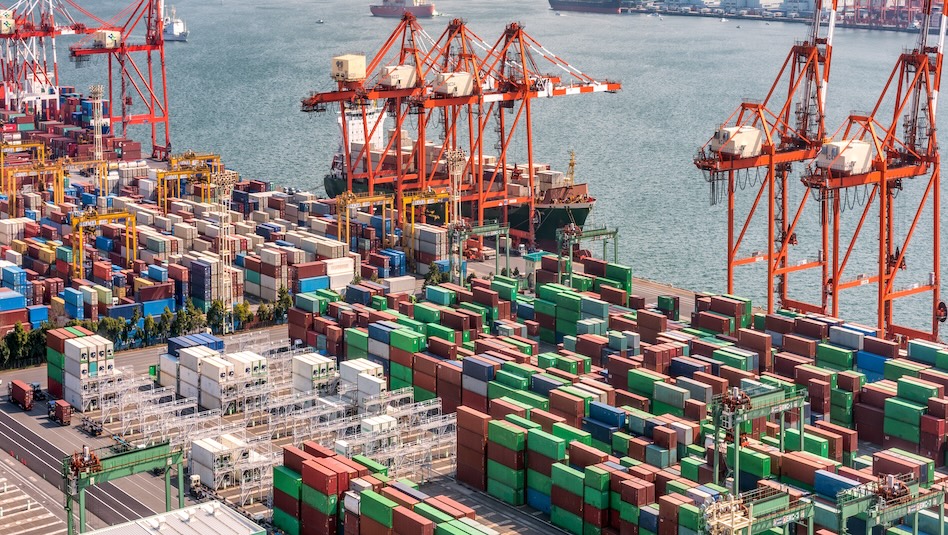




Monthly Economic Update: One for the road
 DOWNLOAD
DOWNLOAD

Inflation Update: Still low, still slow
 DOWNLOAD
DOWNLOAD

Philippines Trade Update: Exports momentum continues
 DOWNLOAD
DOWNLOAD


InstaPay, PESONet transactions surge

The value of transactions done via InstaPay and PESONet jumped to PHP 17.42 trillion in 2024, data from the Bangko Sentral ng Pilipinas (BSP) showed.
Central bank data showed transactions coursed through the two automated clearing houses surged by 35.4% last year from PHP 12.86 trillion recorded in 2023.
The rise in transactions was also much faster than the 29.4% annual growth recorded in 2023 versus 2022.
Meanwhile, the combined volume of transactions done via InstaPay and PESONet also soared by 62.2% to 1.5 billion in 2024 from 929.6 million a year prior.
Broken down, the value of PESONet transactions rose by 28.5% year on year to PHP 10.08 trillion from PHP 7.84 trillion.
The volume of transactions that went through the payment gateway also increased by 10.7% to 100.9 million in 2024 from 91.1 million in 2023.
Meanwhile, the total value of transactions done through InstaPay climbed by 46.3% to PHP 7.35 trillion as of December from PHP 5.02 trillion in the previous year.
The volume of InstaPay transactions stood at 1.4 billion last year, surging by 67.8% from 838.6 million in 2023.
PESONet and InstaPay are automated clearing houses that were launched in December 2015 under the central bank’s National Retail Payment System framework.
PESONet caters to high-value transactions and may be considered as an electronic alternative to paper-based checks.
On the other hand, InstaPay is a real-time, low-value electronic fund transfer facility for transactions up to P50,000 and is mostly used for remittances and e-commerce.
Latest BSP data showed digital payments made up 52.8% of the volume of retail transactions in 2023, higher than the 42.1% share in 2022.
In terms of value, 55.3% of retail transactions last year were done online, higher than the 40.1% the year prior.
The BSP wanted at least 50% of the volume and value of retail transactions done online by end-2023 under its Digital Payments Transformation Roadmap.
The increase in digital payments was driven by wider use of online transaction channels among individuals and businesses, the central bank said, with the coronavirus pandemic accelerating this shift.
“The continued double-digit growth in InstaPay and PESONet transactions largely reflects increased online or e-commerce transactions,” Rizal Commercial Banking Corp. Chief Economist Michael L. Ricafort said.
He also cited consumers’ increasing usage of e-wallets and online banking apps, instead of over-the-counter transactions.
The rise in digital payments can also expedite financial inclusion, especially in rural areas, he said.
“Increased financial literacy also enabled and empowered more Filipinos to be part of the banked population, use digital banking facilities and solutions such as InstaPay and PESONet,” Mr. Ricafort said.
The share of Filipinos with bank accounts reached 65% of the adult population in 2022, the BSP earlier said.
“These are also safer without the need for carrying a lot of physical cash notes, provided that safeguards are observed versus cybercrime,” Mr. Ricafort added.
The central bank wants online payments to make up 60-70% of the country’s total retail transaction volume by 2028. — Luisa Maria Jacinta C. Jocson
This article originally appeared on bworldonline.com





 By BusinessWorld
By BusinessWorld